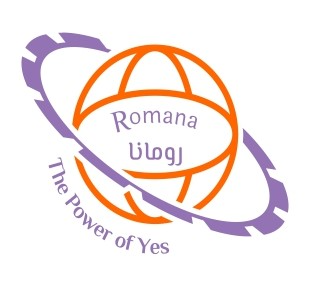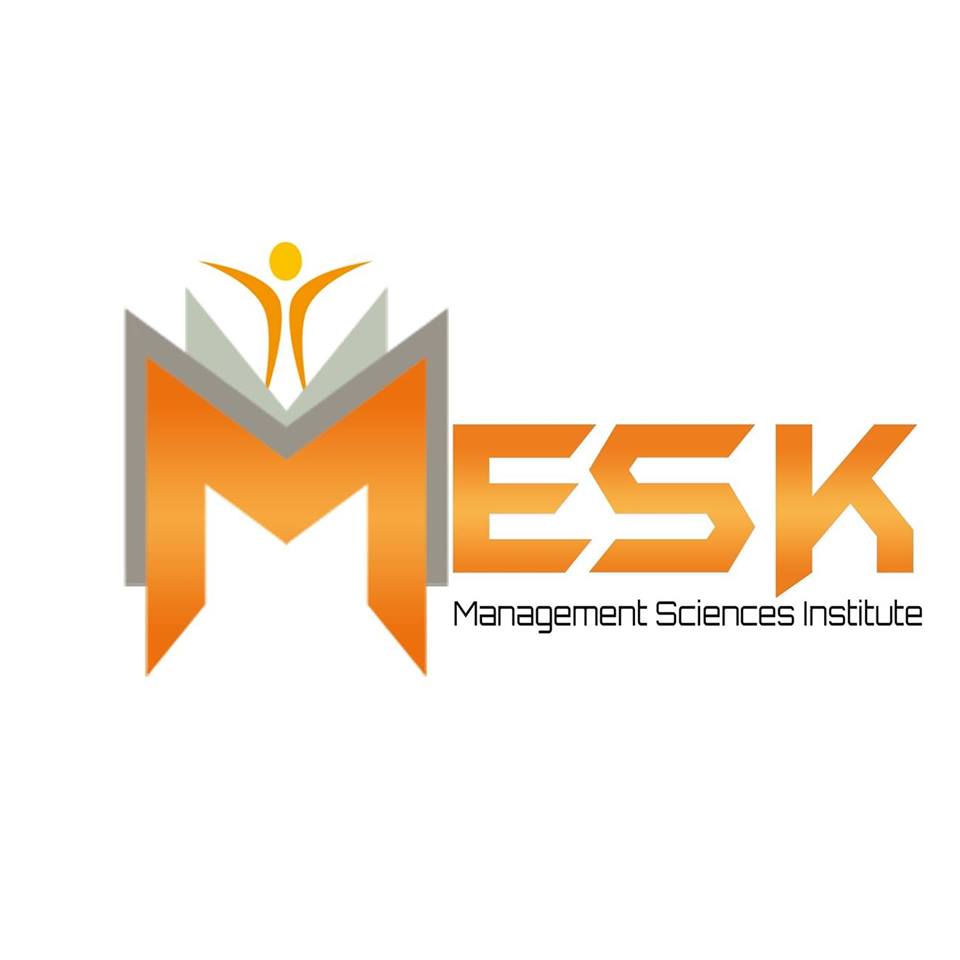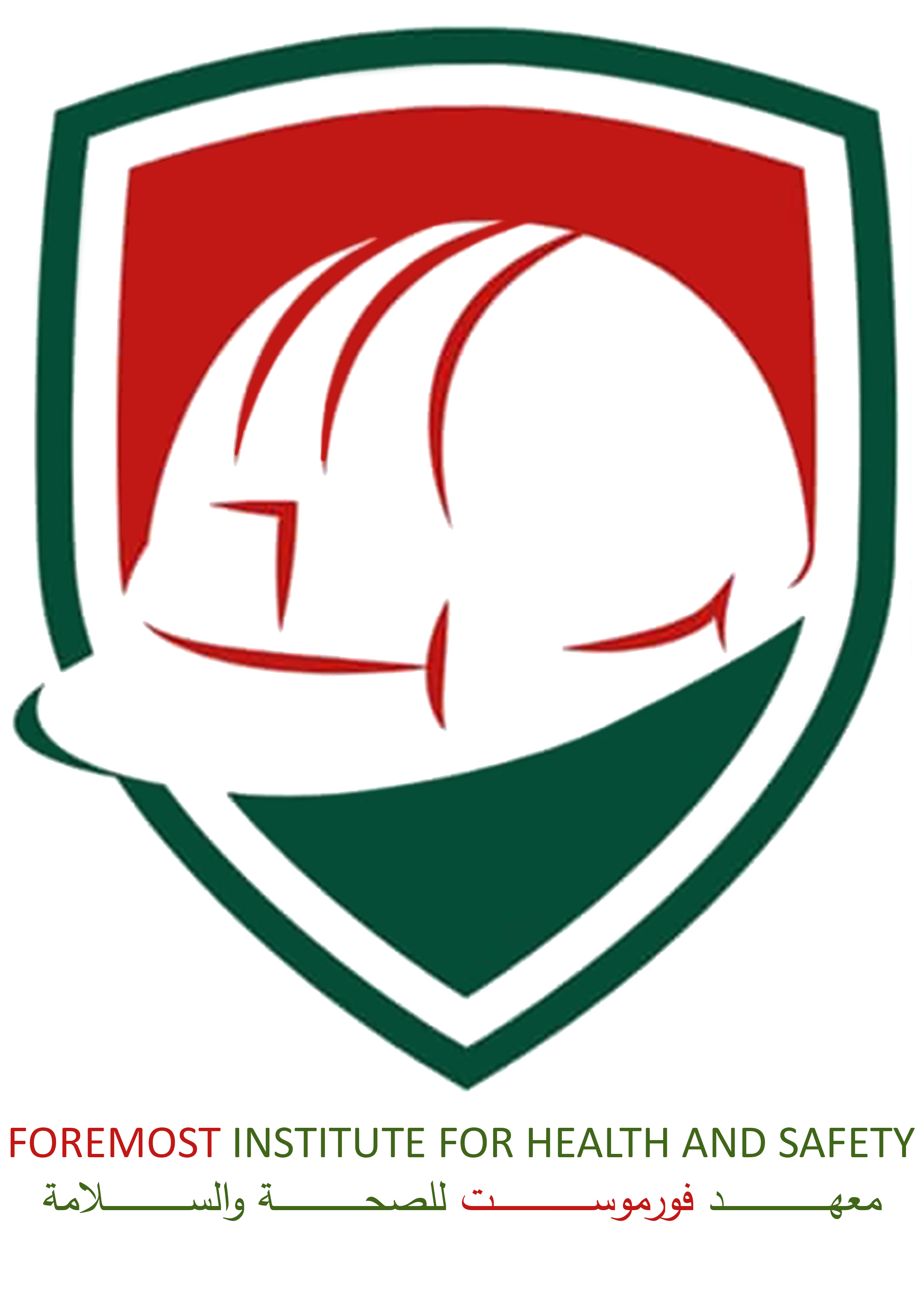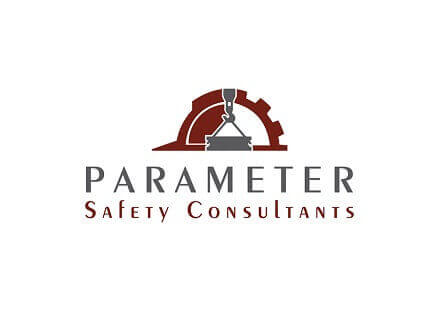Heat stress is a serious health risk that can affect workers in hot environments. This training is designed to help employees, supervisors, and safety professionals recognize the signs of heat-related illnesses, take preventive measures, and respond appropriately when heat stress occurs.

1. Understanding Heat Stress
What is Heat Stress?
Heat stress occurs when the body is unable to cool itself effectively in hot conditions. This can lead to illnesses such as heat exhaustion, heat stroke, heat cramps, and heat rash.
Factors Contributing to Heat Stress
Environmental Factors: High temperatures, humidity, and direct sunlight.
Physical Factors: Intensity of physical activity, clothing, and personal fitness levels.
Workplace Factors: Lack of ventilation, hot machinery, and protective clothing.
2. Types of Heat-Related Illnesses
Heat Exhaustion: Symptoms include heavy sweating, weakness, dizziness, nausea, and headaches. It can lead to heat stroke if not addressed.
Heat Stroke: A life-threatening condition where the body’s temperature rises above 104°F (40°C). Symptoms include confusion, hot, dry skin, loss of consciousness, and rapid heartbeat. Immediate medical attention is required.
Heat Cramps: Painful muscle cramps caused by excessive sweating and loss of electrolytes, particularly in the legs, arms, and abdomen.
Heat Rash: A skin condition caused by excessive sweating and blocked sweat ducts, often resulting in red, bumpy skin.
3. Recognizing the Signs of Heat Stress
Early Signs:
Heavy sweating
Fatigue or weakness
Thirst
Dizziness or faintness
Nausea or vomiting
Advanced Signs (Heat Stroke):
High body temperature (above 104°F / 40°C)
Hot, dry skin
Rapid pulse or heart rate
Confusion or delirium
Seizures or loss of consciousness
4. Preventive Measures for Heat Stress
Hydration:
Drink water regularly, even if you don’t feel thirsty.
Avoid drinks with caffeine, alcohol, or high sugar content as they can contribute to dehydration.
Drink small amounts of water frequently throughout the day, rather than large amounts at once.
Rest Breaks:
Take frequent rest breaks in a cool, shaded area to allow the body to recover.
Implement a work/rest cycle, with more frequent breaks in hotter conditions.
Workplace Modifications:
Provide cooling fans, air conditioning, or shaded areas for breaks.
Reduce work intensity or duration during peak heat hours (usually midday to afternoon).
Use heat-reflective materials, cooling vests, or ice packs when possible.
PPE Considerations:
Wear lightweight, breathable clothing.
If working in protective gear (e.g., body suits or coveralls), allow for frequent breaks to cool down.
5. Heat Stress Risk Assessment
Monitor Environmental Conditions:
Measure the wet bulb globe temperature (WBGT) to assess the heat stress risk in the work environment.
Monitor the Heat Index or apparent temperature to determine how hot it feels.
Assess Worker Workload:
Adjust workloads based on the temperature and humidity levels.
Assign tasks that require less physical effort during the hottest parts of the day.
6. Emergency Response for Heat Stress
For Heat Exhaustion:
Move the worker to a cool, shaded area.
Encourage the worker to drink cool water or sports drinks.
Loosen tight clothing and apply cool, wet cloths to the skin.
If symptoms persist, seek medical attention.
For Heat Stroke:
Immediate action is critical—call for emergency medical help.
Move the worker to a cooler environment immediately.
Use cool water (e.g., ice packs or cold baths) to lower body temperature.
Do not give fluids to an unconscious or semi-conscious worker.
7. Training & Awareness for Workers
Know Your Risk: Workers should understand the personal and environmental factors that increase the risk of heat stress.
Monitor Yourself and Others: Encourage workers to watch for the signs of heat stress in themselves and their coworkers.
Stay Informed: Supervisors should monitor weather forecasts and adjust work schedules based on extreme heat warnings.
Encourage Open Communication: Workers should feel comfortable reporting signs of heat stress or requesting rest periods without fear of negative consequences.
8. Supervisor’s Role
Training & Awareness: Supervisors should ensure that workers are trained to recognize heat stress symptoms and take preventive measures.
Monitor Workers: Supervisors should keep an eye on workers, especially during high heat conditions, and ensure they take proper breaks and drink water.
Provide Cool Down Areas: Supervisors should ensure that adequate cooling areas are available for workers to rest.
Create a Heat Stress Management Plan: Develop and implement a plan that includes safety measures, rest periods, hydration stations, and emergency response procedures for extreme heat.
9. Regulatory Guidelines & Compliance
OSHA Guidelines: OSHA recommends implementing a heat stress program for workers exposed to hot environments, including hazard assessment, training, and heat illness prevention.
NIOSH Recommendations: The National Institute for Occupational Safety and Health (NIOSH) also provides guidelines for heat stress management, including exposure limits based on environmental conditions.
10. Certification & Refresher Training
Initial Certification: Workers should complete heat stress awareness training to understand the risks and preventive measures.
Refresher Training: Regular refresher training sessions should be held to ensure that employees stay informed about heat stress prevention and respond appropriately.
In today’s dynamic business environment, maintaining compliance, safety, and quality is essential for success. Romana Skills Training LLC is a KHDA & Dubai Municipality-approved training and consultancy provider dedicated to helping businesses enhance safety standards, meet regulatory requirements, and drive operational excellence.
We offer expert-led training and consulting services in Food Safety (HACCP, ISO 22000), Health & Safety (HSE), Quality Management, and Environmental Compliance, ensuring that organizations across various industries—food manufacturing, hospitality, healthcare, construction, and more—achieve full regulatory compliance and operational efficiency.
With a strong focus on tailored solutions, we empower businesses with practical knowledge and strategies that reduce risks, improve workforce competency, and enhance overall performance. Our commitment to excellence and continuous improvement has helped numerous clients meet Dubai Municipality, ISO, and global safety standards successfully.
Partner with Romana today and unlock excellence in safety and compliance!
(Institute Review)
55 years ago(Institute Review)
55 years ago
'Loss Prevention' training is offered by Mesk Management Sciences Institute. Kindly contact us to inquire and find out about the schedule and complete outline.

This training will teach you about the ISO 45001 standards by highlighting the new 2018 standard changes and comparing the interpretation and application as per the current ISO 45001 standards.

This training will give you the skills and knowledge to identify the associated hazards of working in confined spaces and learn about the safe use of equipment and tools. You will also learn about developing an emergency procedure and contro

This qualification has been developed for learners working in any environment who will have a job role involving work in confined space activities.

This Lock out-Tag out training will teach you about the safety procedure used in industry and research settings to ensure that dangerous machines are properly shut off and not able to be started up again prior to the completion of maintenanc
© 2025 www.coursetakers.ae All Rights Reserved. Terms and Conditions of use | Privacy Policy